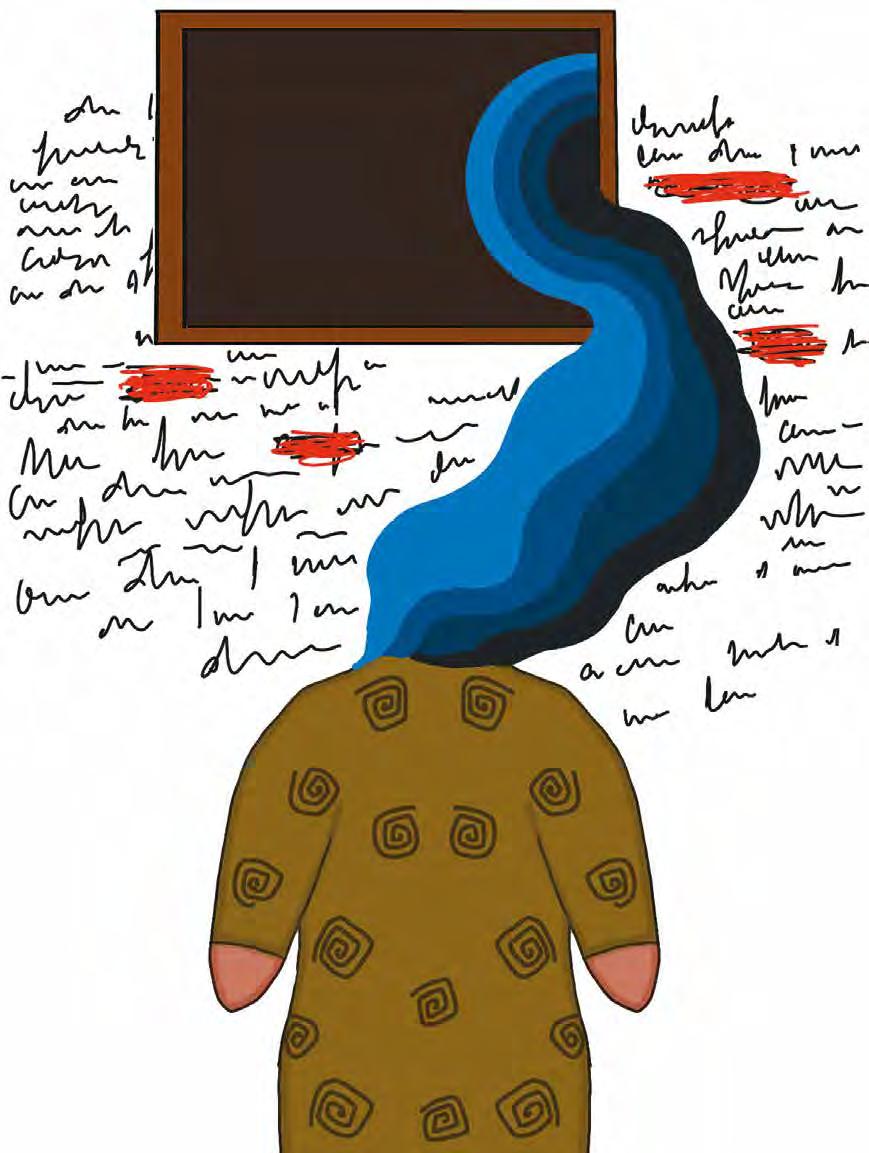Monsters, Masters

“THE night of the sword and the bullet was followed by the morning of the chalk and the blackboard.” Few sentences capture the ironic but inevitable sequence of the different stages of colonialism—the military violence of the battlefield followed by the psychological violence of the classroom. Hard and soft power in perfect symbiosis for Europe to control Africa.
These words by the Kenyan writer Ngũgĩ wa Thiong’o never fail in the classroom. So far, they have never failed in my teaching career—not in the years in North America where power is easily understood in terms of race relations, not here in India where power, status, and privilege are just as easily grasped as colonial inheritances from the Western world. I’ve often taught Ngũgĩ ’s powerful, polemical plea for the use of African languages in literary creation. It is one of the most vivid and incisive illustrations of the power of ideology—the soft power of religion, culture and education, as that has been pointed out by Marxist critics of the capitalist State. Leading among these critics is the French political philosopher Louis Althusser, whose essay on the ideological work of family, church, and education prepares the ground richly for the class’ understanding of the ideological invasion by European colonialism when we read Ngũgĩ ’s polemic.
Althusser is the creator of some of the most pointed and trenchant insights into power and control in the modern state and the free market. Althusser also killed his wife, the sociologist and activist Hélène Rytmann-Légotien—strangled her in a fit of depression, for which he was sent to the clinics, not to prison. How does one square these two facts with each other? And how do I feel teaching his works for so many years, writing about his ideas, sometimes taking recourse to them to articulate my own? A fatal agent of male violence on women, no matter what his mental state?
この記事は Outlook の August 11, 2024 版に掲載されています。
7 日間の Magzter GOLD 無料トライアルを開始して、何千もの厳選されたプレミアム ストーリー、9,500 以上の雑誌や新聞にアクセスしてください。
すでに購読者です ? サインイン
この記事は Outlook の August 11, 2024 版に掲載されています。
7 日間の Magzter GOLD 無料トライアルを開始して、何千もの厳選されたプレミアム ストーリー、9,500 以上の雑誌や新聞にアクセスしてください。
すでに購読者です? サインイン

Education for the Greater Good
UEM Jaipur in its Mission to Provide Global Exposure with Innovative Teaching Techniques

Delivering Care Everywhere
Innovative healthcare, accessible to all communities across India

First Model Hospital for Global destination with New Benchmarks
Yashoda Medicity is a holistic ecosystem, a convergence of medical brilliance, technology, education, and patient-centred values, poised to redefine healthcare delivery in India and beyond

Green Growth: A New Normal
Indian real estate embraces sustainable design, net-zero goals and eco-friendly innovation to shape resilient, future-ready urban landscapes.

Precision Meets Expertise
Pioneering ROBOTIC Knee & Hip Replacements, Dr (Prof) Anil Arora is redefining mobility with advanced technology and compassionate care

The 5 Best Monsoon Treks in Maharashtra
This curated list of the best monsoon treks in Maharashtra highlights both natural beauty and historical significance of the state while also being ideal for lovers of adventure

Batwoman
Women have gatecrashed a stag party, smashing their way through the sexist walls of bias and invisibility to live their cricket dreams, no more in the margins but in the spotlight

Elite Bench
Why diversity and inclusion in cricket remain elusive
'Write What Should Not be Forgotten'
Chilean-American author Isabel Allende’s latest book My Name is Emilia Del Valle, set during the 1891 Chilean civil war, is the story of a young woman’s search for her identity.

It is Lonely at the Top
Chief Minister Omar Abdullah faces rebellion from within the National Conference. Lieutenant Governor Manoj Sinha is breathing down his neck. His political rival, Mehbooba Mufti, is sharpening her attack
